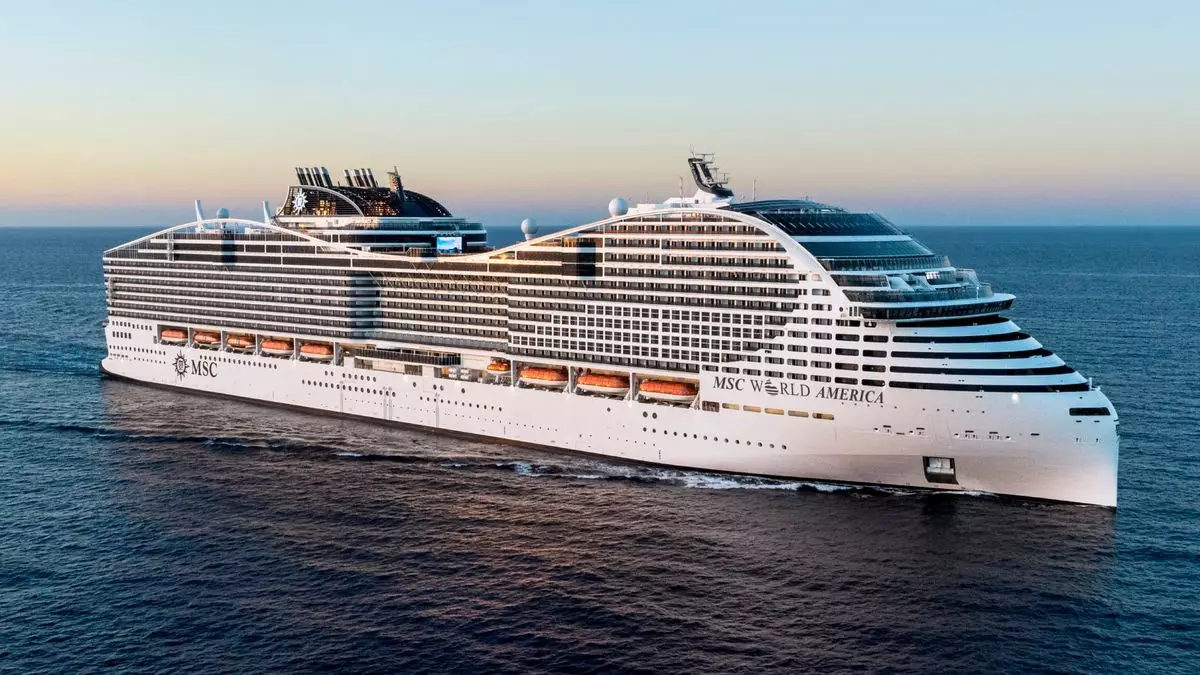The cruise industry, having weathered a tumultuous few years marked by the pandemic, changing consumer behavior, and an unexpected surge in demand, is poised for a significant transition in 2025. With a resolve to enhance the passenger experience and maintain profitability amidst economic pressures, cruise lines are strategizing for both growth and sustainability. This article delves into the anticipated trends, innovative attractions, and challenges that will shape the cruising landscape in the year ahead.
As we look toward 2025, the cruise sector anticipates a stabilization of the market. The combination of strong forward bookings and restrained capacity should help keep ticket prices attractive, allowing cruise lines to maintain a healthy financial outlook. However, some caution remains: as American consumers grapple with increased debt and rapidly dwindling savings from vacation spending, there is a growing concern about the sustainability of long-duration trips, with a noted trend towards shorter vacations. According to industry insights, while the luxury segment may continue to thrive, larger mainstream cruise lines face potential challenges as passengers become more discerning about their travel expenditures. Such a shift could necessitate strategic adjustments in pricing and onboard offerings to entice cost-conscious travelers.
Innovative Attractions and Enhanced Guest Experiences
In an effort to keep demand robust, cruise lines are innovating in ways that mirror land-based attractions. For example, Royal Caribbean International has introduced extravagant onboard amenities like the six-slide waterpark featured on the Icon of the Seas. This trend illustrates a growing focus on providing novel experiences that enhance onboard spending opportunities. Moreover, cruise operators are increasingly utilizing artificial intelligence to refine marketing efforts and optimize guest engagement. These technological advancements aim to encourage passengers to spend more even before they embark on their journey, thus securing revenue streams ahead of cruise embarkation.
Another significant trend anticipated for 2025 is the emergence of private destinations tailored specifically for cruise guests. Carnival Cruise Line and Royal Caribbean International are set to unveil new beach and resort-like experiences in Grand Bahama and Nassau, respectively. Additionally, existing sites such as Norwegian Cruise Line’s Great Stirrup Cay and MSC’s Ocean Cay will undergo enhancements to deliver an even richer experience for customers. The introduction of Disney’s Lookout Cay, coinciding with expanded services by Celebrity Cruises in locations like CocoCay, signifies a broader move towards developing exclusive guest experiences. This strategic pivot not only diversifies the offerings but also positions cruise lines as purveyors of luxurious, bespoke vacations in less conventional locales.
Despite the promising outlook, the cruise industry must navigate the pressing issue of overtourism. With many ports experiencing significant congestion, there is a likelihood of new regulations such as capping the number of cruisers per day and increasing taxes aimed at curbing the environmental impact. This necessitates a balanced approach, ensuring that cargo influx does not disrupt local communities or ecosystems. By collaborating with local authorities, cruise lines are engaging in port development projects to alleviate traffic congestion. For instance, Royal Caribbean’s initiative to co-develop a new port in Juneau illustrates a careful consideration of local concerns alongside business interests.
Navigating Geopolitical and Environmental Landscape
On a global scale, the cruise industry faces geopolitical uncertainties that could impact popular destinations. Restrictions stemming from ongoing conflicts may limit access to certain ports, although hopes remain that diplomatic resolutions might reopen previously popular itineraries, such as those to St. Petersburg. Meanwhile, the cruise sector is committed to sustainability, exploring biofuels while being patient for the arrival of cleaner fuel alternatives. The ambitious goal of achieving net-zero emissions by 2050 will drive the retirement of older ships in favor of more efficient and environmentally friendly vessels.
As the cruise industry prepares for 2025, it stands at a crossroads characterized by innovation and necessity. The convergence of economic pressures, evolving traveler preferences, and the growing emphasis on sustainable practices will reshape the cruise experience. By harnessing creativity, prioritizing guest engagement, and addressing pressing environmental concerns, the industry is well-equipped to navigate the challenges ahead while remaining an integral player in the global tourism sector. With these strategies in place, the future of cruising looks promising.


Leave a Reply